29 Oct VICTORIAN TEXTILES: TEA COSIES, ANTIMACASSARS, DOILIES, AND OTHERS
Victorian textiles: Growing up in a family that makes a ceremony of brewing the perfect cup of tea, I’ve seen tea cosies all my life. Those little jackets for the teapot that keep the tea warm while it is steeping. The other day I posted my Queen Elizabeth 1 tea cosy on social media and was surprised to see the reactions. Many were amused. But most said they didn’t know what a tea cosy was!
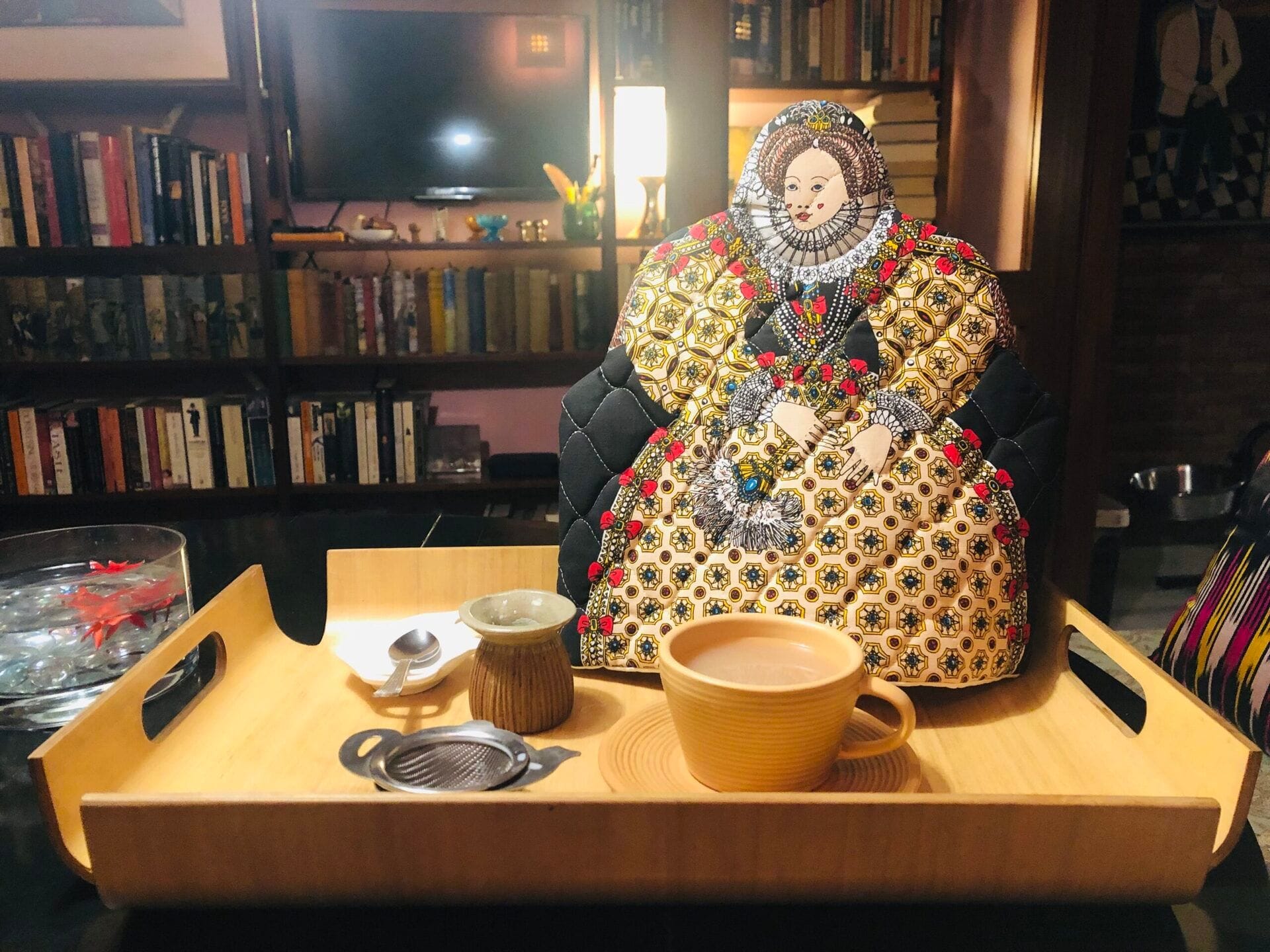
The response I received started a train of reflection: while I still use a tea cosy, I’ve done away with the doilies, antimacassars, and embroidered table cloths that my mother surrounded herself with during the 1960s. Our homes are now sleek, minimalist for the most part, and free of lace and bobbles, considered Victorian. If we have fabrics, they are now wall hangings from Africa or the Far East, exotic reminders of our global citizenship. A loss of the fuss of our childhoods? Definitely.
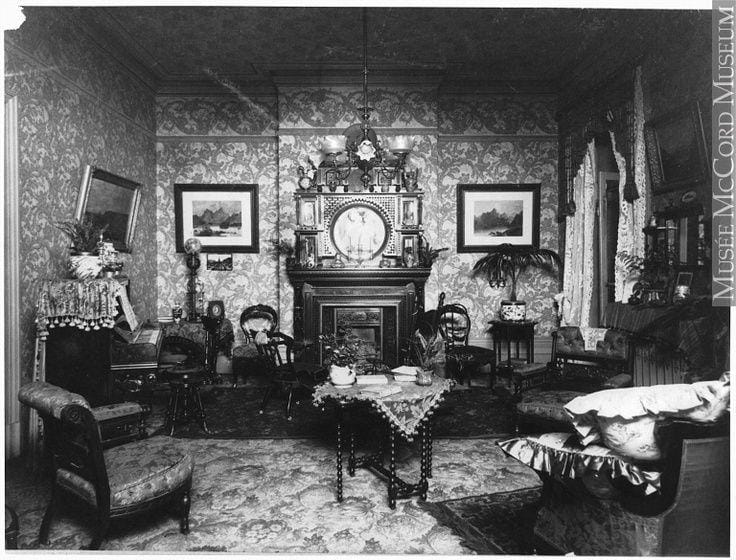
Victorian Textiles: Tea Cosies
Tea drinking has been prevalent in England since the 17th century when Catherine of Braganza brought the custom over from Portugal; however, the tea cosy was likely invented around the 1840s when the Duchess of Bedford invented the tradition of afternoon tea for upper-class people as a meal between lunch and dinner. Afternoon tea was built around conversation, and because the tea quickly became cold, the tea cosy was a device that kept it warm. The Victorians adored covering every object in the house with fussy textiles, including the infamous piano leg legends, and the cosy was no exception. Embroidered and knitted examples abound from the period, as do jeweled ones with lace, beaded and painted ones, and dolls with skirts.
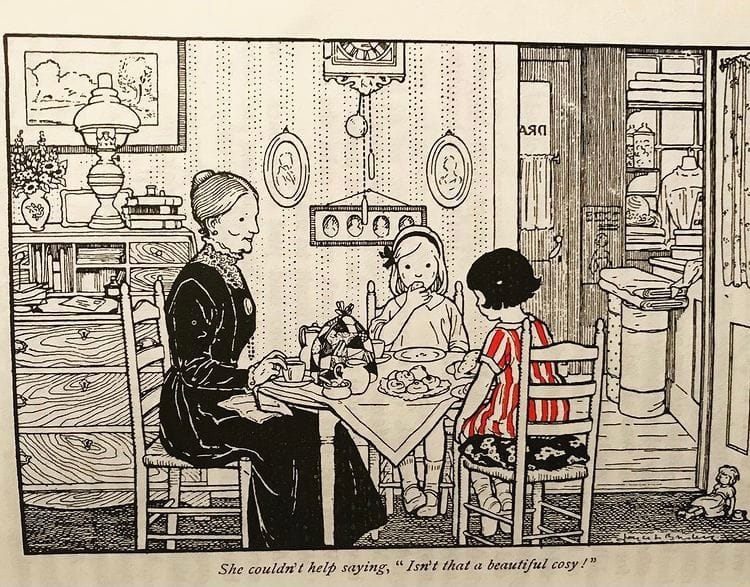
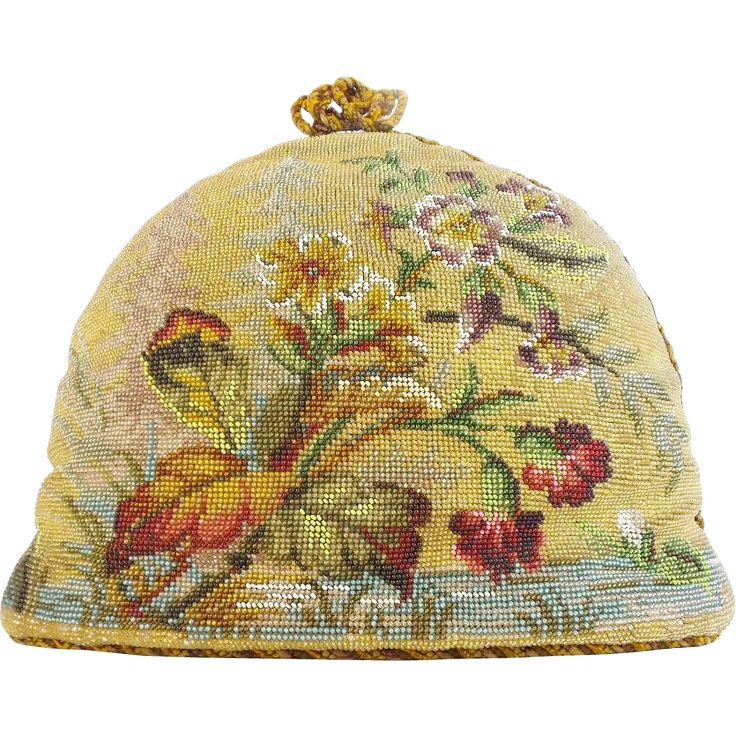
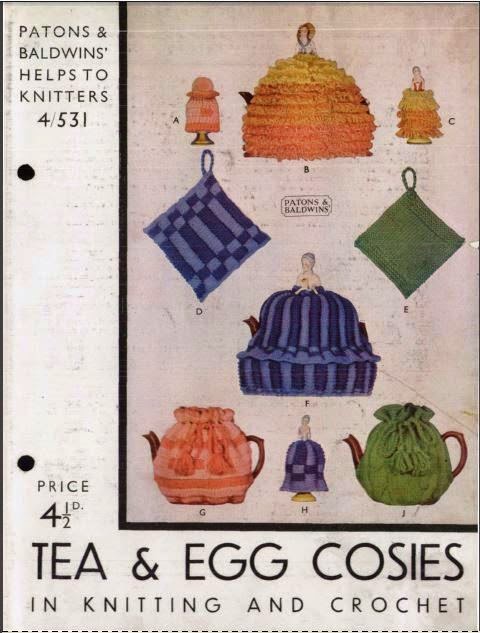
The tea cosy survived in the early part of the 20th century. Interestingly, knitting one was a large part of post-war therapy for recovering soldiers. As industry developed, tea cosies at this stage were often in the shape of cars, toasters, and planes.
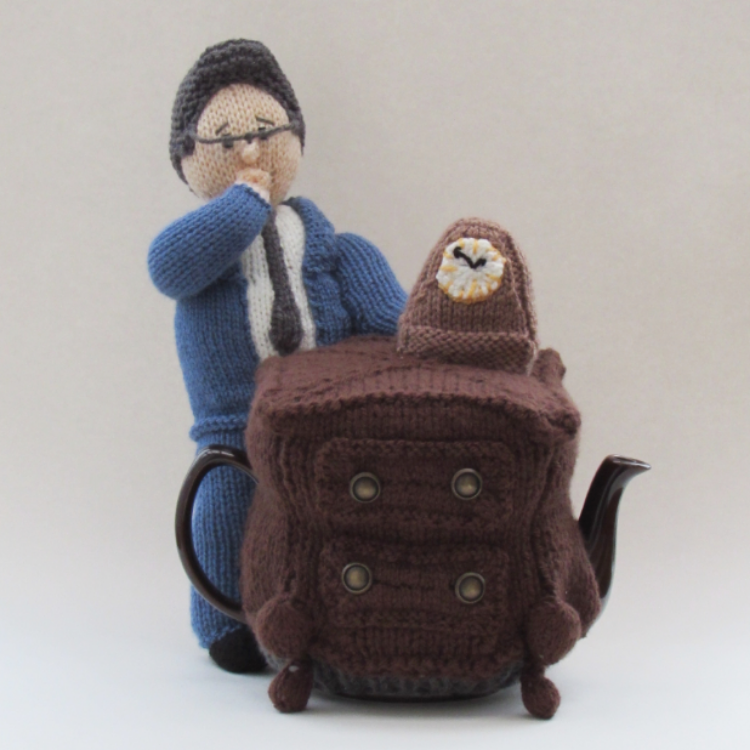
Sadly now that most tea is brewed using tea bags, tea cosies survive only on platforms like Etsy, as quaint reminders of another more leisurely age. In 2003, the Tea Council of the UK auctioned cosies designed by Pringle, Kate Moss, and Claudia Schiffer. I am happy to see that my Elizabeth 1 version sells for 50 pounds on sites peddling vintage curiosities! But for the most part, they are extinct.

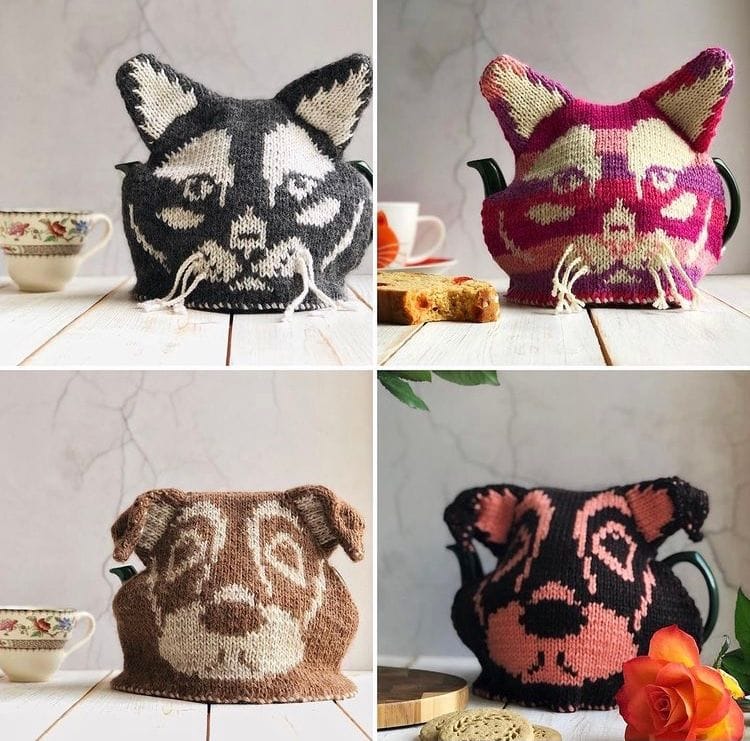
Antimacassars, Doilies, and other Victorian Textiles
At the beginning of the 19th century, London barber Alexander Rowland invented the classic Victorian hairstyle, flat and shiny. To aid this, most men used Macassar oil patented by the barber. To the dismay of homemakers, their sofa backs became badly stained with this oily when their husbands and male guests leaned back; thus, the antimacassar was invented as a device to protect sofas.


The antimacassar was a piece of washable cloth, to begin with, but quickly became a fashion statement. Many were crocheted or tatted, becoming creative objects through which women could explore their imagination. Most were white so as not to clash with the color of the sofa or armchair. They could be embroidered or covered in lace, carry tassels and fancy motifs.
Read More
CROCHET: A BEAUTIFUL ART OF KNITTING
EMBROIDERY AS ART, PAINTING WITH THE NEEDLE
MACRAME, A KNOTTING TECHNIQUE WITH A LONG HISTORY AND GREAT APPEAL
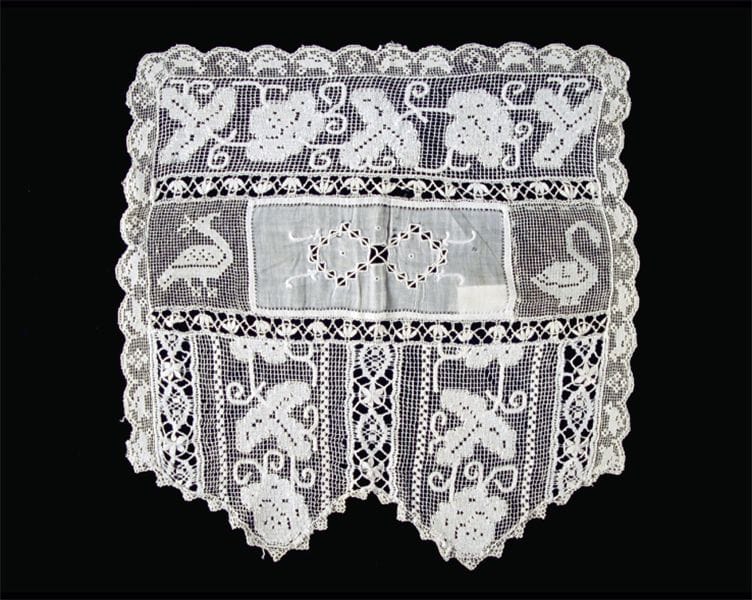

By the mid 20th century, antimacassars were obsolete in the west, though interestingly, in frugal Gandhian India, they survived well into the 1980s. When I look at modern public transport, I realize that the fabric coverings on the plane, train, and bus seats are survivors of the Victorian antimacassar. Of course, these machine-made utility objects visually have nothing in common with their Victorian ancestors.
The doily was named after a 16th century London cloth merchant who sold lace textiles, but doilies became popular in the Victorian age. With the growing industrialization, the cotton thread became affordable, and women took to crochet and tatting in huge numbers. The Irish famine of 1846 gave a huge impetus to lacework, giving beleaguered women the chance to make some money through creating crochet and lace.
Doilies were created using these techniques in huge numbers, appearing as little mats to cover jugs, glasses, bowls, and under glasses and water jugs. They appeared on the dressing table too, and on sofa arms, a little sister to the antimacassar.
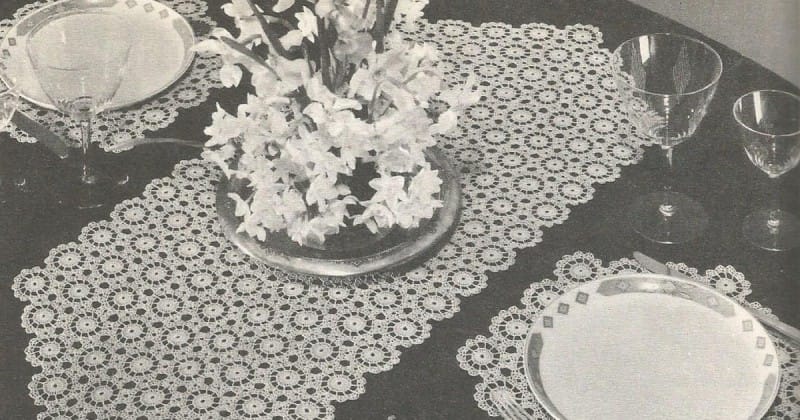
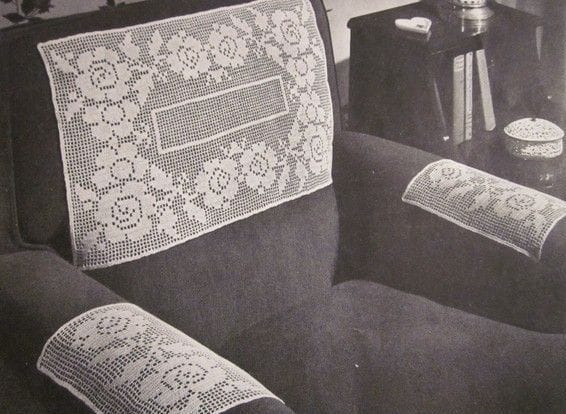
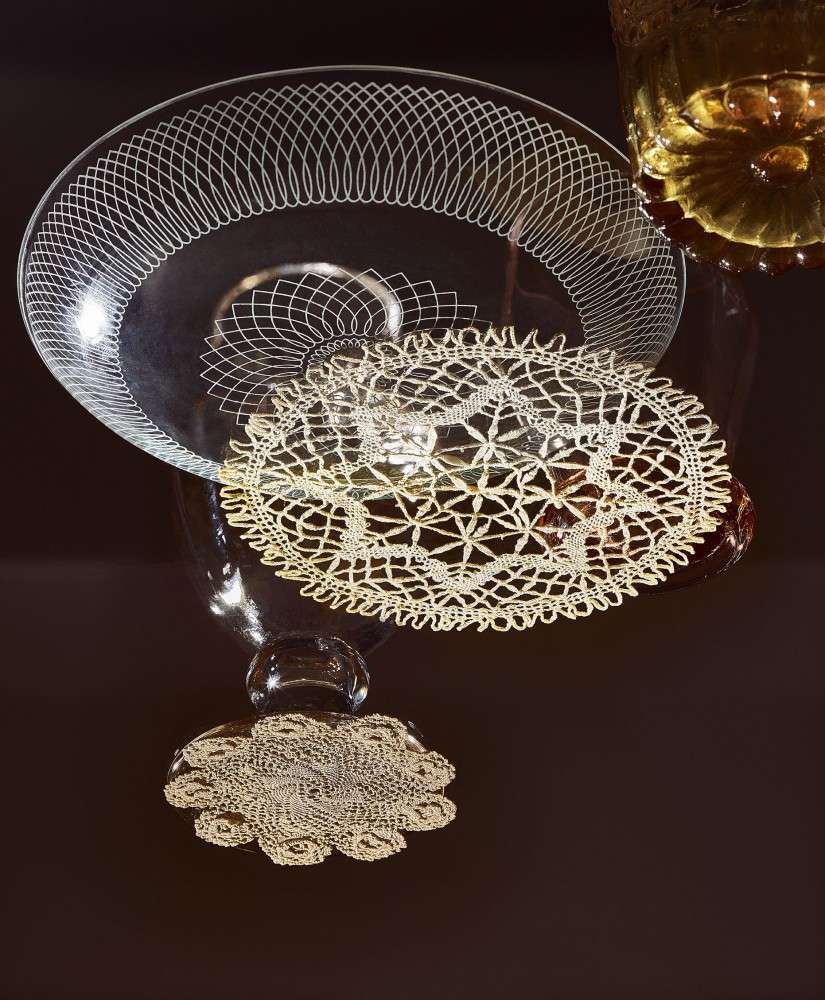

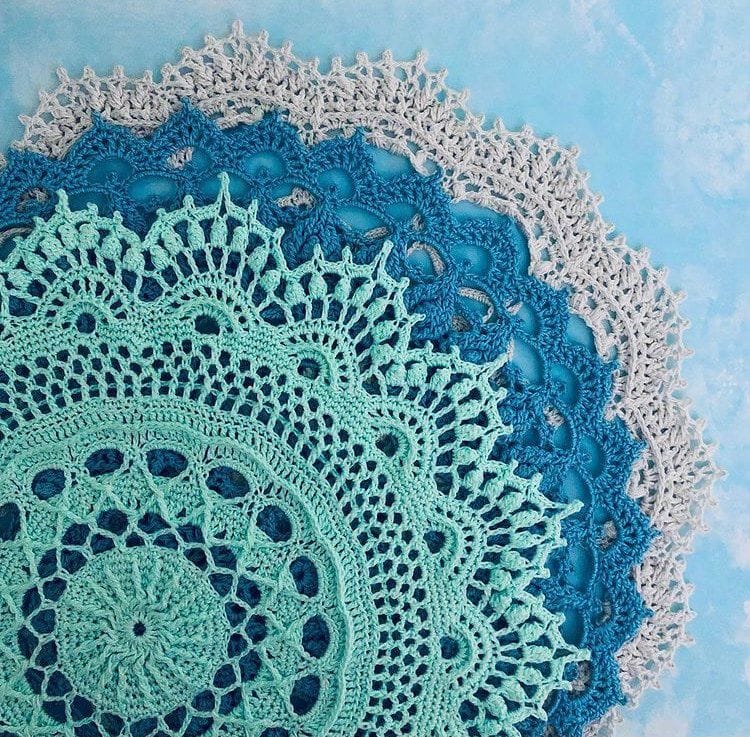
Doilies remained popular into the 20th century, their patterns appearing regularly in women’s magazines of the time. But by mid-century, as interiors changed and became less fussy, they started going defunct, often replaced by paper versions. In current times, of course, doilies are replaced by coasters or simply considered fussy and grandmotherly.
But for me, all these are symbols of the creativity and care that women have, through history, bestowed on the sphere available, their homes. Reminders of those who have gone before, visual symbols of women through time. Here is a poem I love, by Marge Engelman:
The rough arthritic hands
The tired squinting eyes
Focusing in the low glow of the kerosene lamp
The time
The patience
The creativity
And not one doily has a link
To the name of the maker.
Why did we not praise these women
Whose agile hands created all this beauty.
AUTHOR BIO
Mira Gupta is a well-known curator and designer in craft-based luxury. She has had working stints with Fabindia, Good Earth, and Ogaan to promote the cause of craft. She is deeply interested in art, travel, architecture, and culture.
Read more articles by the Author HERE




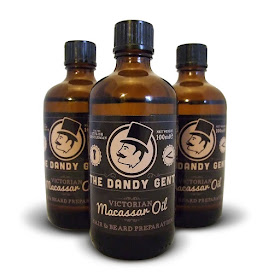
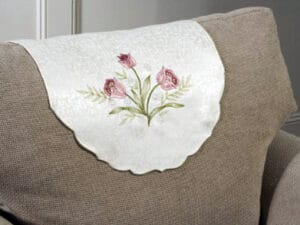
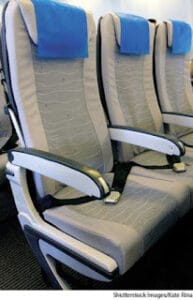
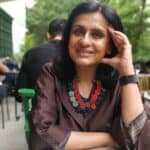
No Comments